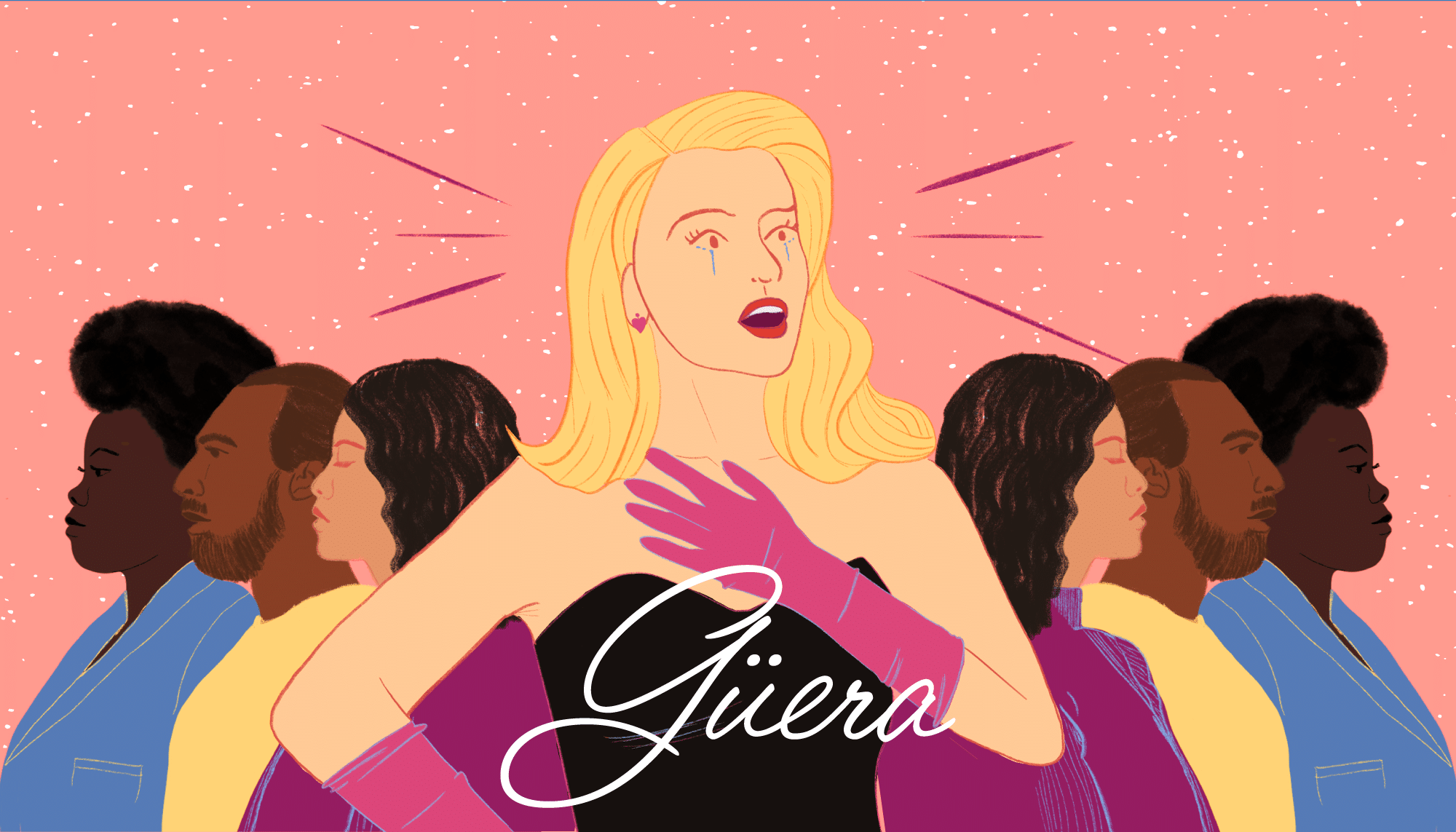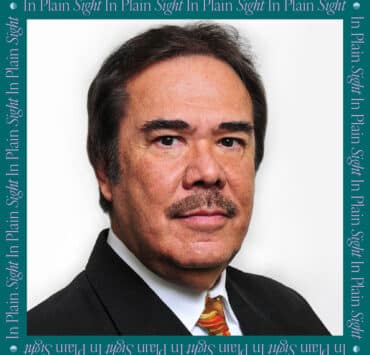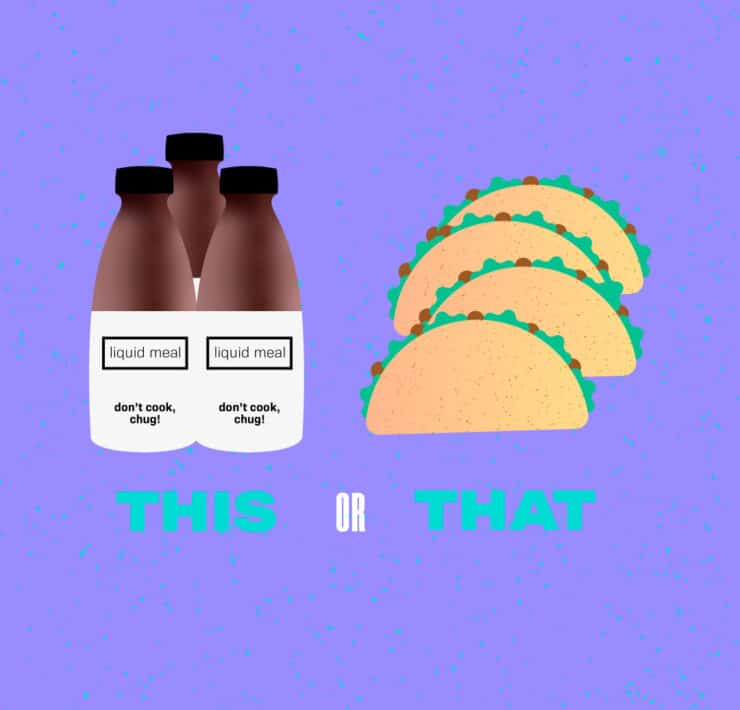
|
Getting your Trinity Audio player ready...
|
The first time my (French) boyfriend visited Mexico, I took him to my favorite street market, a bustling tianguis featuring innumerable fruit and vegetable stands. Vendors were shouting out their best prices and luring shoppers with promises of the juiciest mangos or freshest tomatoes.
At every stop, he would be greeted with a variation of, “¿Qué va a llevar, güerito?” (What will you be buying, little blond man?)
“Why do they call me güerito?” asked Pierre, who is, in fact, not blond.
As a born-and-raised Mexican with fair skin who is also not blonde, I have had many of my own güerita moments. So, I explained to him that güeritos (blonds) or güeritas (blondes) are people with light skin, and sometimes even those who don’t have the prominent Indigenous features typically associated with Mexicans and Latin Americans.
For as long as I could remember, the words güero or güerito were part of my vocabulary; something—I thought—Mexicans used as a term of endearment to refer to a person with light skin and/or blond hair. Like endearingly calling someone “whitey” in Spanish.
Now I know this is a bit more . . . complicated to say the least.
WARNING: Before you keep reading and/or get ready to throw a bottle of bleach at this writer, please remember this column was conceived to be handled with a serious dose of humor.
Güeritos, Güeritos Everywhere!
Growing up in Mexico City, watching telenovelas, and being exposed to a constant bombardment of TV commercials, I was convinced that most Mexicans were blue-eyed blonds. And that’s because güeritos were everywhere; They were the protagonists in the 9:00 p.m. telenovela, delivered the 10:00 p.m. news, and, of course, starred in every TV commercial in between.
Fair-skinned men, women, and children popped up everywhere to sell us soda, yogurt, and family vacations. Even the maid, the unlikely heroine of many telenovelas, would have cascading blonde hair, light skin, and dreamy blue eyes! Don’t believe me? Google Angelique Boyer, Ludwika Paleta, or William Levy.
This overrepresentation of white people in my country was a consequence of a harsh reality that many of my compatriots still have not come to terms with: Mexico is a racist society where light-skinned Mexicans (güeritos) will fare way better in life than non-güeritos.
We were duped from a very young age to believe that we belonged to a so-called raza cósmica (cosmic race) one that was free from prejudice because of our blended Indigenous and Spanish blood and that we were parachuted into a post-racial society. (Thank you, Mr. Vasconcelos!)
The sad reality is that colorism exists and is not limited to my birth country. It is widespread, and mostly unacknowledged, across Latin America. Pay close attention to the language, slang, jokes, and catchphrases of your countries: many invariably touch on skin color and the güeritos vs. non-güeritos divide.
Did you know that in Mexico relatives often cajole their single family members into spousing a white foreigner in order to “mejorar la raza” (to improve the race)? And did you know we frequently use the word indio (Indian/indigenous) derogatorily, to describe someone who is illiterate or lazy? “He doesn’t know how to drive. He’s indio.” Or, to make it cuter, “indito.”
The picture is no less grim in the United States, where I live now. Light-skinned Latinos on this side of the border also tend to get preferential treatment (better access to jobs, education, health care.) As a recent Pew Research survey showed a majority of Hispanic adults say having a darker skin color hurts their ability to get ahead in the US.
Yup. Along with a ton of other stuff, we brought our color prejudice across the border.
Okay, I must confess I don’t have a plan to beat colorism among Latin Americans as of right now. But I have an idea. Let’s start by addressing the way we talk and think twice before calling someone morenito, chinito, morochito, negrito, indito, and, güerito. These are actually not cute; there are just words tricking us into thinking we’re not racist.
A small step for Latinos; one giant leap for humanity.
Oh, and for the record: Pierre, my very own güerito, often gets confused for an Arab man in his native France. I guess “blondness” is in the eye of the beholder.
Stay tuned for Laura Martinez’s next Hisplaining column, which will tackle other key biz terms and jargon and help leaders everywhere smoothly navigate the multicultural business world. In the meantime, send us tips and ideas for other terms and jargon that you’d like to see us feature.
And remember: Don’t panic . . . it’s just his-PANIC!







